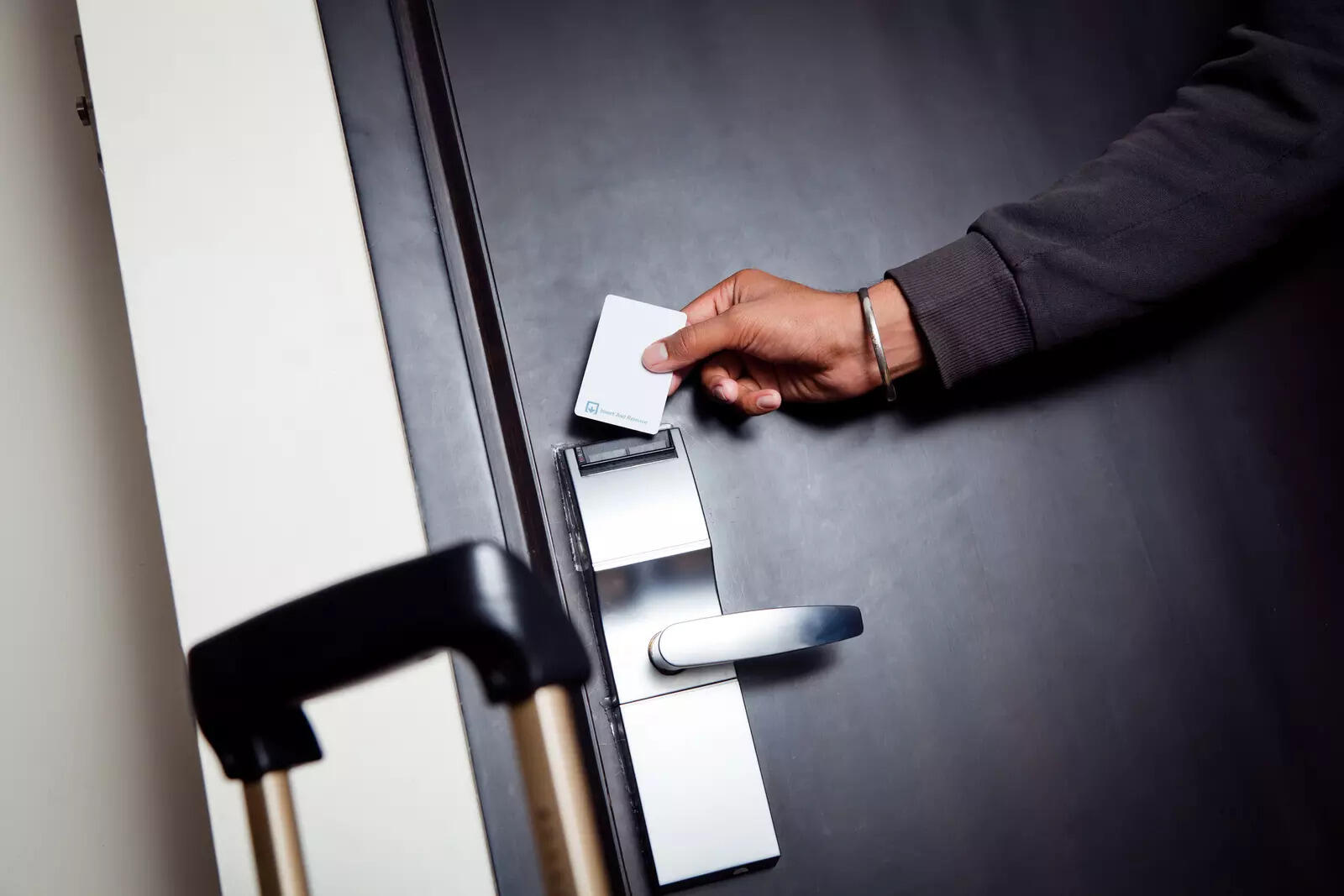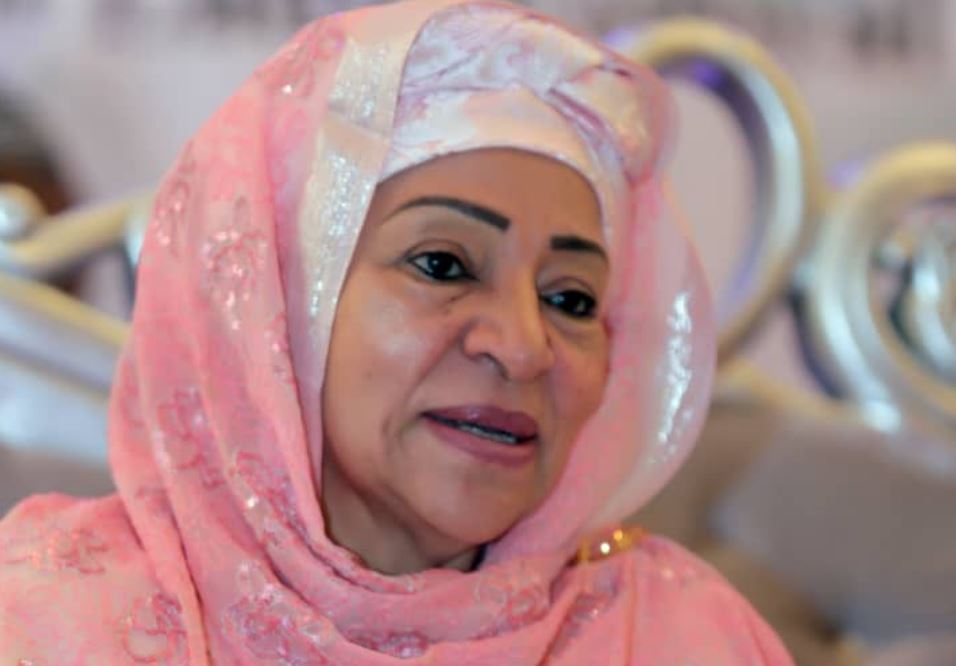ICRA revises outlook for Indian hospitality industry from positive to stable
ICRA’s sample set, comprising 13 large hotel companies, is likely to report range-bound operating margins of 34-36 percent for FY2026, despite a lower revenue growth.

ICRA has revised the outlook on the Indian hospitality industry from Positive to Stable. The credit rating agency has done this considering the expectations of normalised revenue growth of 6-8 per cent in FY2026 on the high base, posted after three years of double-digit revenue expansion seen by the industry over FY2023 to FY2025.
ICRA estimates pan-India premium hotel occupancy to hold at 72-74 percent in FY2026, slightly higher than the 70-72 percent levels witnessed in FY2024 and FY2025. The average room rates (ARRs) for premium hotels are projected to rise to Rs 8,200-8,500 in FY2026, after a healthy Rs 8,000-8,200 in FY2025 amid lagging supply additions and several hotels undergoing renovation, refurbishment and upgradation.
Jitin Makkar, senior vice president and group head – Corporate Ratings, ICRA Limited, said: “After three years of strong demand, driven by favourable domestic leisure travel, demand from meetings, incentives, conferences and exhibitions (MICE), including weddings, and business travel, the growth in the Indian hospitality sector is forecast to normalise at 6-8 percent YoY in FY2026. While the terror attacks in April 2025 and consequent heightened uncertainties in North and West India in May 2025 had led to a surge in cancellation of travel/MICE, the impact has been largely temporary and localised. In recent weeks, there has been a healthy recovery in sentiments following the abatement of the conflict.”
Foreign tourist arrivals (FTAs) to India are expected to remain muted in the next few months in the aftermath of the terror attacks but are estimated to witness gradual recovery thereafter. However, domestic tourism has been the prime demand driver so far and is likely to remain so in the near term. Factors like improvement in infrastructure and air connectivity, favourable demographics, and anticipated growth in large-scale MICE events, with the opening of multiple new convention centres in the last few years, among others shall support the growth over the medium term.
ICRA’s sample set, comprising 13 large hotel companies, is likely to report range-bound operating margins of 34-36 percent for FY2026, despite a lower revenue growth. The margins will remain supported by factors like cost-rationalisation measures and asset-light expansions in recent periods. However, within the sample, it is likely to be a mixed bag, depending on renovations and increase in employee expenses amidst growing demand. Deleveraging of balance sheets has led to lower interest costs and is likely to support net margins, as well as improvement in credit metrics such as interest cover and Debt/OPBITDA, to more than 2x and less than 5x respectively in FY2026.
“The demand uptick over recent years led to an increase in supply announcements and resumption of deferred projects in the past 24-30 months. However, supply growth is expected to lag demand over the next 12-18 months. ICRA’s premium room inventory database (12 key cities) across the country indicates a CAGR of 4.5-5.0 percent in room inventory addition during FY2023-FY2026. A large part of the new supply is through management contracts and operating leases. Land availability issues currently constrain supply addition in the premium micro-markets in metros and larger cities. The addition to premium hotel supply in these areas is largely on account of rebranding or property upgradation and the greenfield projects are largely being initiated in the suburbs,” Makkar reiterated.
- Published On Jun 9, 2025 at 08:00 PM IST











